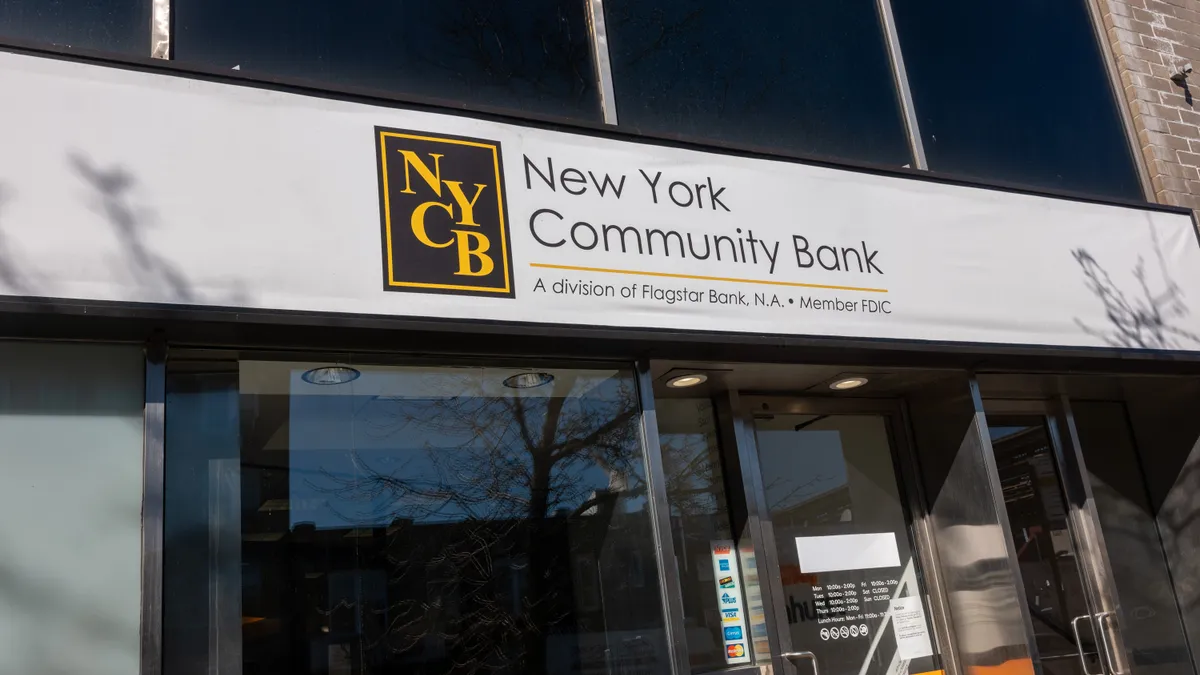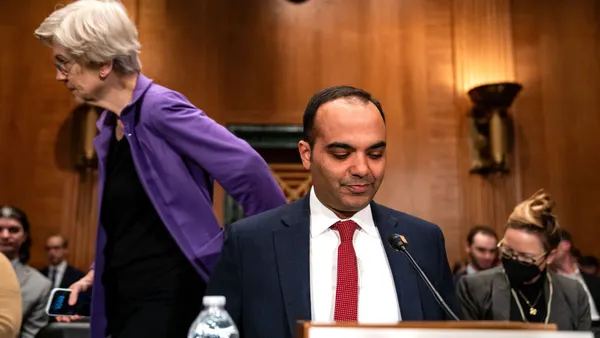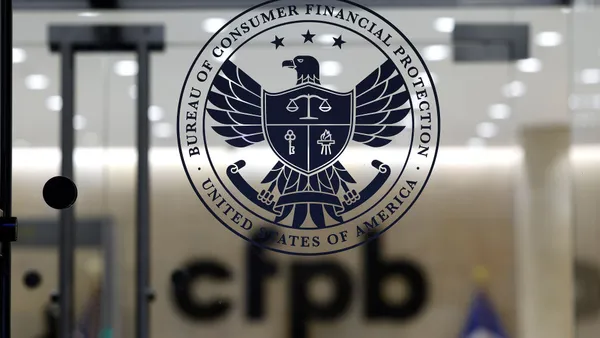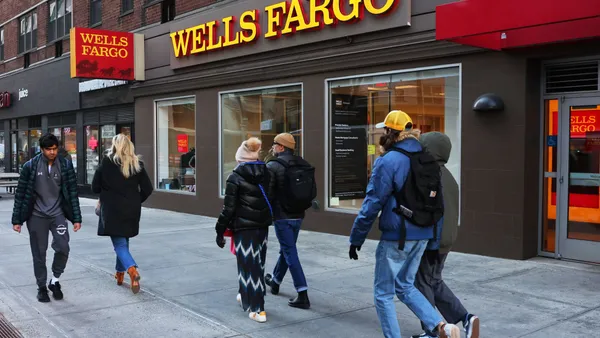Dive Brief:
- New York Community Bancorp (NYCB) and Michigan-based Flagstar Bancorp are extending the timeline of their merger until Oct. 31, the banks announced Wednesday.
- The banks are tweaking their structure to operate under a national bank charter rather than a state one. That would put the surviving bank under the purview of the Office of the Comptroller of the Currency (OCC) and also need the approval of the Federal Reserve.
- If completed, the $2.6 billion deal, announced in April 2021, would mark NYCB’s first acquisition since 2010. NYCB and a previous acquisition target terminated a proposed tie-up in 2016 over a lack of confidence that a regulator would sign off.
Dive Insight:
Regulator approval of bank deals has lagged in recent months — and often the Fed has been the culprit. NYCB and Flagstar’s charter change, however, may be a workaround to avoid needing the blessing of the Federal Deposit Insurance Corp. (FDIC).
NYCB and Flagstar, in a press release Wednesday, said a national bank charter is “appropriate” for the combined entity, considering the OCC has regulated Flagstar’s national mortgage banking business for years.
When a JPMorgan analyst asked NYCB CEO Thomas Cangemi, on an earnings call Wednesday, whether the FDIC was “a roadblock” to getting the deal done, Cangemi declined to talk about specific regulators.
“I will tell you that we truly believe that with the national banking platform, and where we're heading the bank in the future, that the OCC charter is the way to go,” Cangemi said, according to American Banker.
Under the change indicated Wednesday, Flagstar’s federally chartered state savings bank subsidiary would become a national banking association. Then, NYCB’s state-chartered savings bank subsidiary would merge into the national bank.
New York’s Department of Financial Services (DFS) indicated it gave a green light to the change Tuesday after “collaborating with federal counterparts in processing the merger application” and completing a “thorough review of competitive considerations, financial stability, [NYCB’s] supervisory record and managerial and operational resources” last year, according to an email seen Wednesday by American Banker.
DFS was the only regulator to sign off on the initial proposed tie-up, which was due to close by December. In late October, however, Cangemi said he expected the Flagstar deal to wrap up sometime in 2022. Shareholders approved the transaction in August.
Cangemi said Wednesday that NYCB is “comfortable” with the Oct. 31, 2022, deadline at this point in the regulatory process.
Not all of the bank’s prospective partners have felt the same.
NYCB and Astoria Financial scrapped a potential $2 billion merger in December 2016 — allegedly after NYCB told Astoria that the Fed wouldn’t approve the deal that year. The banks proposed their tie-up the previous October.
“We tried to clarify the situation, but [if] the deal was not going to close within 14 months, how long would it take?" Astoria CEO Monte Redman said in January 2017, according to S&P Global.
Flagstar appears to have a little more patience. For one, the Michigan-based bank said Tuesday it has slashed 420 jobs in its mortgage unit — a 20% reduction — since the start of 2022 because of diminishing loan volume. Flagstar wouldn’t be the first bank to see layoffs in its mortgage sector. Wells Fargo confirmed Friday it had started cutting home lending employees, shortly after reporting mortgage origination volume had dropped 33% compared with last year’s first quarter.
NYCB, for its part, boosted its Community Reinvestment Act (CRA) profile to smooth the Flagstar deals’ path toward approval. The bank agreed in January to provide $28 billion in loans, investments and other financial support to communities and people of color, low- to moderate-income (LMI) customers and small businesses.
The Fed has typically been the banking regulator with the slowest approval rate. And the central bank will still have a critical say in the NYCB-Flagstar deal, even with the charter change.
NYCB and Flagstar wouldn’t be the only banks to delay their tie-up timeline in recent months. M&T Bank and People’s United Financial extended their deadline once their pending combination reached the one-year mark. The Fed approved the deal two weeks later.
Similarly, the $2.2 billion deal between First Citizens BancShares and CIT sat for 14 months before the Fed signed off in December 2021. Those banks also extended their transaction deadline.
The Fed’s approval of Old National Bank’s $2.5 billion acquisition of First Midwest Bank came five months after the OCC’s, though the timeline still met the banks’ initial expectations.
But not every proposed deal has worked out. Blue Ridge Bank and FVCB scrapped their pending merger in January — two months after delaying the timeline. The OCC found “certain regulatory concerns with Blue Ridge,” although neither bank would say those misgivings necessarily caused the tie-up to fall apart.
Banking mergers, meanwhile, have come under greater scrutiny, after President Joe Biden in July issued an executive order requiring the Justice Department, Fed, OCC and FDIC to update their guidelines regarding such combinations.












